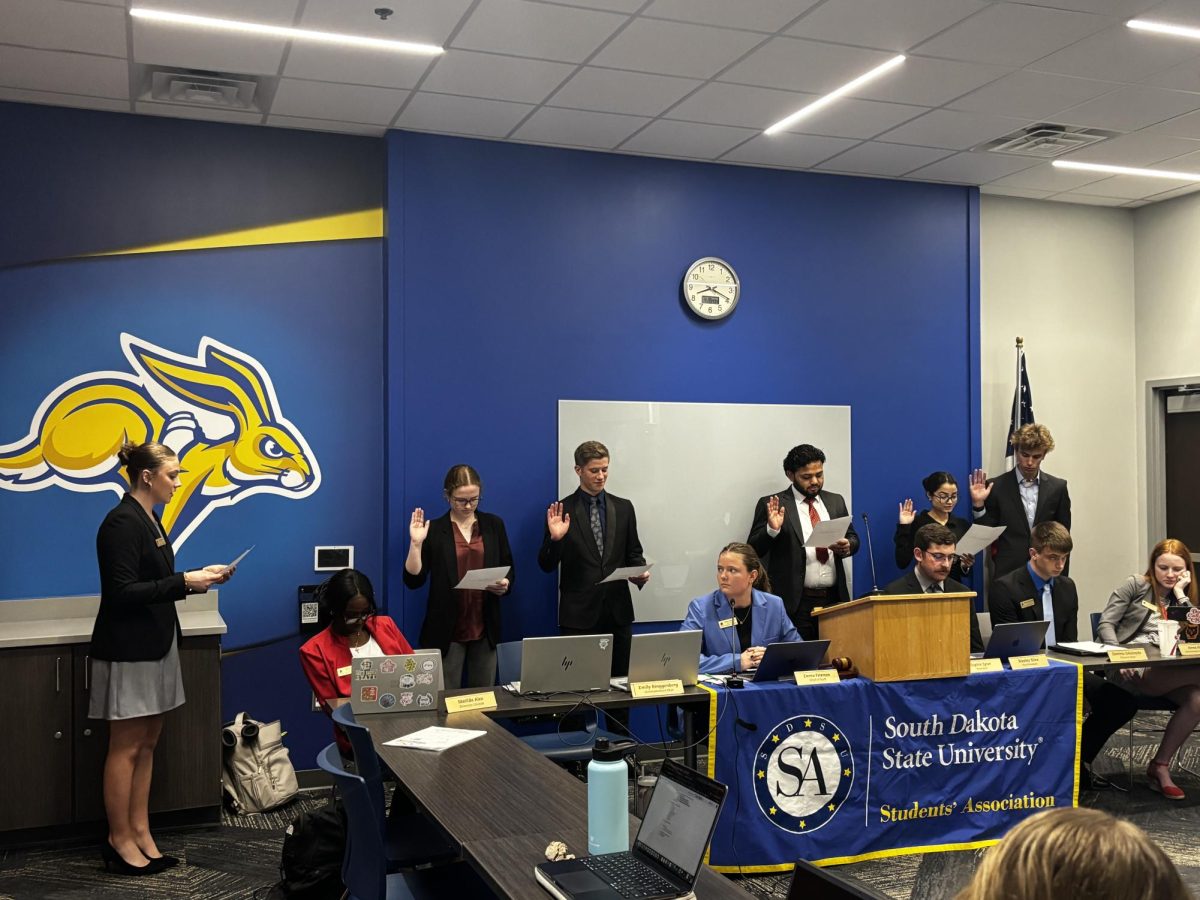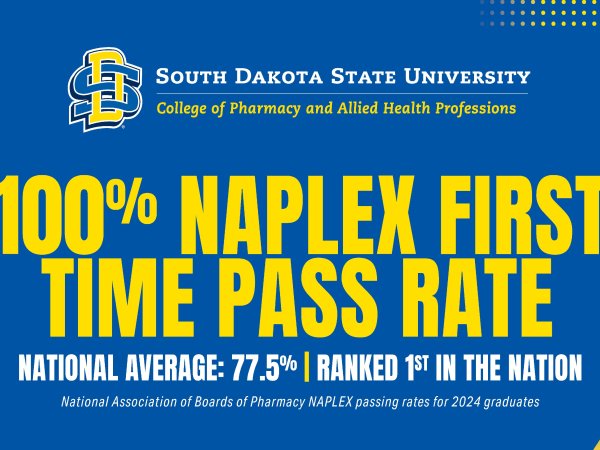South Dakota State University is realigning its programs to form two new colleges: the College of Natural Sciences and the College of Arts, Humanities and Social Sciences.
Introduced Jan. 11 in SDSU’s strategic five-year plan, Imagine 2023, the two new colleges will be a collection of programs taken from the College of Agricultural and Biological Sciences and the College of Arts & Sciences.
The College of Natural Sciences will contain the biology and microbiology, chemistry and biochemistry, geography and physics departments.
The biology and microbiology department from the College of Ag & Bio and the chemistry and biochemistry department from the College of Arts & Sciences will go to the College of Natural Sciences.
Along with those changes, the economics department will no longer act as a standalone entity in the university, it will lie solely with the newly organized AHSS college.
Despite the change of name for the College of Arts and Sciences to the College of Arts, Humanities and Social Sciences, the college will consist of the same departments other than the removal of geography, physics, chemistry and the addition of economics.
Though a new college will be formed and new hires will be needed, no extra funding from the state will be received.
The College of Natural Sciences is part of an effort to create more transparency, increase enrollment and elevate STEM programs: science, technology, engineering and math.
“Our job is not to be who we are, it’s to be who we need to be and we need to educate more young people; that’s our job,” said President Barry Dunn.
Altering the structural organization of colleges in the university is a step in becoming the premiere land-grant university that was discussed at the Imagine 2023 presentation.
“We may be the smallest land-grant institution, but the smallest land-grant institution can also lead and that’s what premiere institutions do,” said Provost Dennis Hedge.
Originally attempted 30 years ago, creating a separate college of science is believed to provide clarity for students, but that doesn’t mean there won’t be a few bumps in the road while making the plan a reality.
“There’s a lot of really pragmatic budget and administrative things that need to be done,” Dunn said.
Transition teams have been assembled to aid the university as the realignment goes into effect July 1.



















